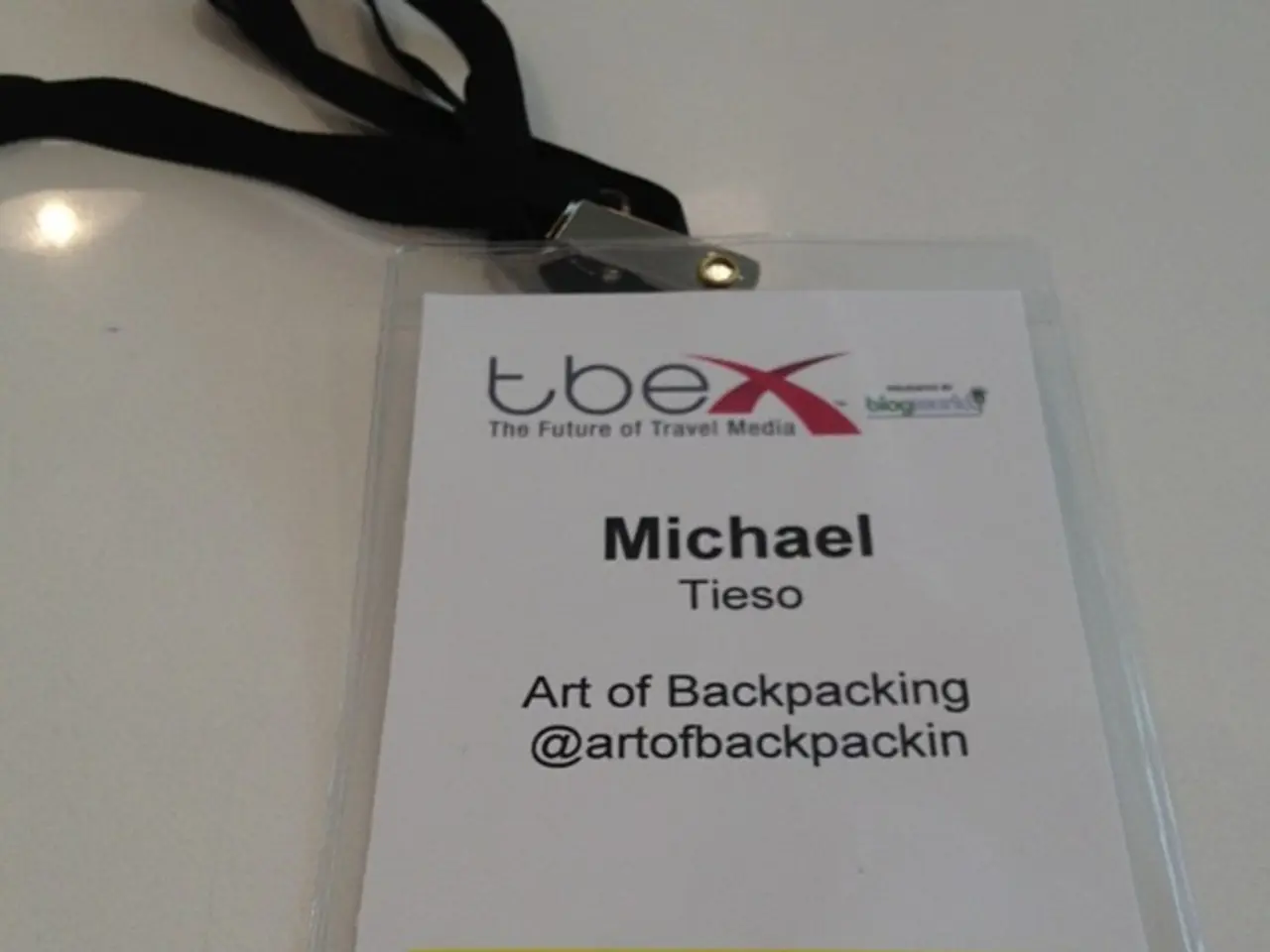Reducing Expenses in Electronic Product Manufacturing with Flexible Assembly Methods
Rigid-flex Printed Circuit Boards (PCBs) are becoming increasingly popular in the electronic industry due to their numerous benefits. In this article, we'll explore the key strategies for minimising the costs of rigid-flex PCB design while maintaining performance requirements.
Material Optimisation and Layer Count
Using standard, less expensive materials when possible and avoiding unnecessary layer increases is crucial. High-performance laminates and adhesiveless flex cores are costly, so selecting materials appropriate for the application without over-specifying is essential[1].
Reducing Complexity and Tight Tolerances
Designs with very fine lines, tight impedance control, or complex via structures reduce manufacturing yield and increase costs. Simplifying features like vias (e.g., using staggered vias or through holes instead of stacked microvias) can save money[1][2].
Panelization and Board Standardization
Designing boards to efficiently fit common production panel sizes maximises material use and reduces waste, lowering per-unit costs[1][2].
Design for Manufacturing (DFM)
Early collaboration with manufacturers through DFM reviews identifies costly design pitfalls. Using DFM tools and processes during stackup design, solder validation, and layout ensures the design is optimised to minimise respins and reduce rework costs[1][3].
Order Volume Optimisation
Larger production volumes spread non-recurring engineering (NRE) costs and setup charges over more units, reducing unit price[1][2].
Avoid Over-Design
Using appropriate copper thickness, avoiding over-specifying finishes, and designing layouts to minimise material waste and production complexity without compromising quality[2] are essential.
No Flow Prepregs and Rigid Laminates
No flow prepregs are one of the most critical components in rigid-flex manufacturing, preventing the flow of epoxy resin onto the flexible sections of the PCB. Using rigid laminates instead of additional no-flow prepregs can help achieve a specific overall thickness at a lower cost[1].
Flexible Arms and Mechanical Support
Flexible arms in rigid-flex PCBs ending in a flex cable require additional mechanical support, increasing costs. Ending all flexible arms in a rigid section can reduce the overall cost of rigid-flex PCB design[1].
Flex Sections and their Advantages
Flex sections in rigid-flex PCBs offer 360-degree bendability, superior resistance to vibrations, compact and lightweight design, small flexible cables, and the ability to be warped or contorted without breakage[1].
Hole to Flex Distance
Avoid going below 50 mils for high-reliability applications. Keep in mind the rule most broken in rigid-flex designs: most manufacturers will not allow less than 30 mils for commercial applications[1].
The Advantages of Rigid-Flex PCBs
Rigid-flex PCBs permit better airflow and heat dissipation than many other PCBs, have lower assembly costs than traditional wiring harnesses, less overall susceptibility to assembly errors, and ease out the testing procedure[1].
In flex areas, traces should be curved, not angled, to increase peel strength. Planes should be cross-hatched to increase ribbon flexibility, but this complicates impedance control. Traces on different layers should be staggered vertically, not placed atop each other, to increase ribbon flexibility[1].
When it comes to rigid-flex PCBs, keeping the number of flex layers as low as possible is recommended. Sierra recommends placing flexible layers within rigid layers when designing rigid-flex boards. The layer number should always be even[1].
Rigid-flex PCBs use a combination of rigid and flex materials, including core, prepreg, copper foil, flexible laminates, cover layers, and bond plies[1]. The PCB material used in flex sections can be just a few microns thick but can be reliably etched, making them preferable for satellite and aerospace applications[1].
In conclusion, by employing these strategies, we can reduce expensive materials, complex processing, and wasted production resources in rigid-flex PCB manufacturing[1][2][3]. Always seek guidance from your manufacturer to develop your PCB stackup and PCB design rules, as variations in the CTE among the flex/rigid prepregs would require a careful balance of thicknesses, especially for impedance control in flex designs.
Controlled impedance technology can be achieved by cross-hatching planes and staggering traces on different layers, but this may complicate flexibility and impedance control. Technology, such as no flow prepregs and rigid laminates, is essential in rigid-flex manufacturing as they help prevent costs and maintain performance requirements.


![Remote Access Application: Swift PC Control [Compatible with PC, iOS, and Android]](/en/content/images/size/w1280/format/webp/20250730040842_pc-remote-control-app.jpeg)

